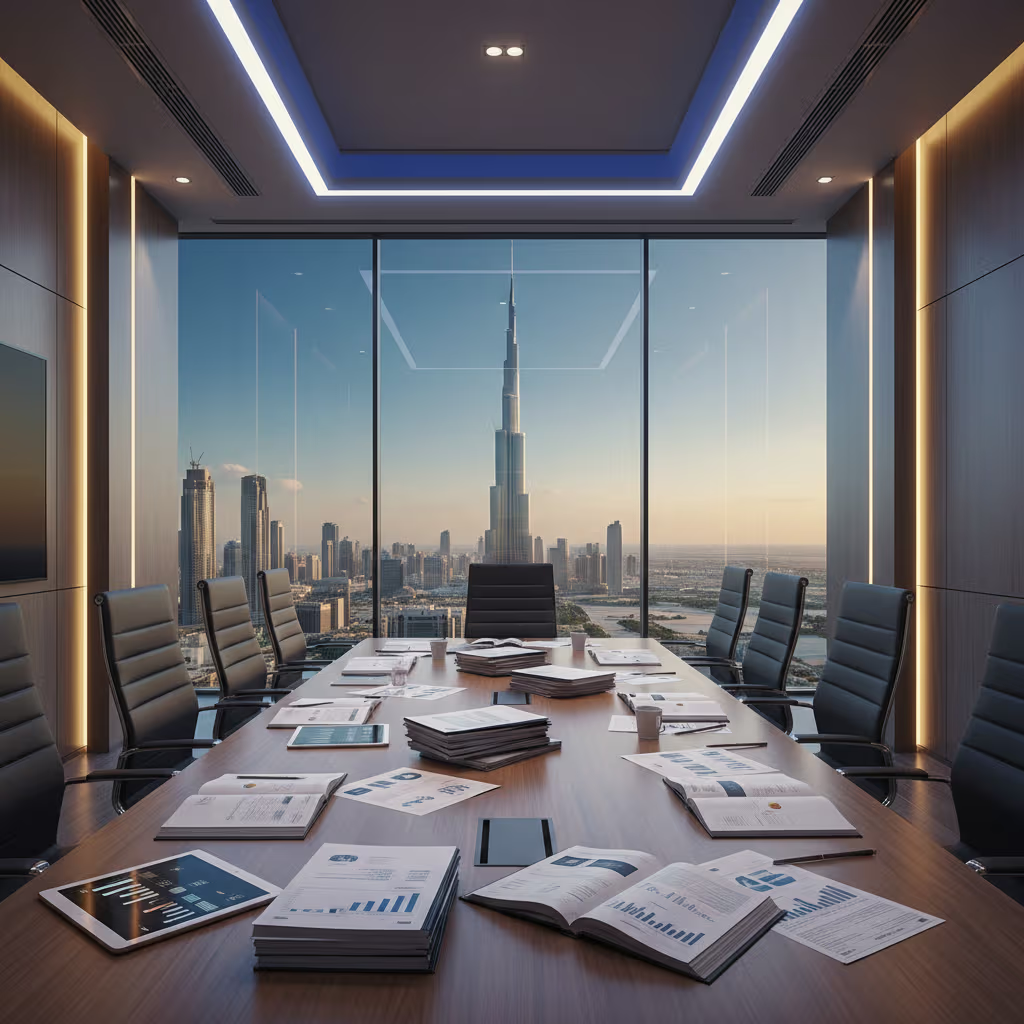In the relentless pursuit of sustainable urban development, the quest for efficient cooling solutions has become paramount. Amid rising concerns over energy consumption and environmental impact, district cooling emerges as a promising alternative to conventional air conditioning systems. At the forefront of this revolution stands District Cooling International LLC (DCI LLC), a leading player in the industry dedicated to redefining urban cooling paradigms.
Understanding District Cooling
District cooling represents a paradigm shift in the way urban areas are cooled. Unlike traditional air conditioning methods, which rely on individual units for each building, district cooling centralizes the cooling process.
In a district cooling system, chilled water is produced in a central plant and distributed through a network of underground pipes to cool multiple buildings simultaneously. This approach not only enhances energy efficiency but also reduces carbon emissions and operational costs.
District Cooling International LLC: Pioneers in the Industry
DCI LLC has emerged as a trailblazer in the district cooling sector, spearheading innovation and sustainability. With a steadfast commitment to excellence, DCI LLC has undertaken numerous landmark projects across the globe, showcasing the efficacy of district cooling systems in diverse urban environments.
Through strategic partnerships and cutting-edge technologies, DCI LLC continues to set new benchmarks for efficiency, reliability, and environmental stewardship.
The Working Mechanism of District Cooling Systems
Central to the success of district cooling systems is their sophisticated infrastructure and operational framework. At the heart of each system lies a state-of-the-art cooling plant equipped with advanced equipment for generating chilled water.
This chilled water is then circulated through a network of insulated pipes, delivering cooling energy to buildings within the district. By consolidating cooling production, district cooling systems optimize resource utilization and minimize waste, thereby enhancing overall sustainability.
Economic and Environmental Impact
The adoption of district cooling systems yields significant economic and environmental benefits. From a financial standpoint, district cooling offers long-term cost savings through reduced energy consumption and maintenance expenses.
Moreover, by leveraging renewable energy sources and efficient technologies, district cooling systems contribute to a substantial reduction in greenhouse gas emissions, mitigating the adverse effects of climate change. As a result, cities embracing district cooling not only enhance their resilience but also foster a greener and more livable urban environment.
“ENTP Dubai, a prominent hub for entrepreneurial ventures, fosters innovation and growth within the dynamic business landscape of Dubai. This platform is designed to support entrepreneurs by providing essential resources, networking opportunities, and expert guidance. By leveraging Dubai’s strategic location and vibrant economy, ENTP Dubai empowers startups and established businesses alike to thrive in a competitive market. Its commitment to nurturing talent and driving business excellence makes it a cornerstone of Dubai’s entrepreneurial ecosystem.”
Challenges and Future Prospects
Despite its myriad advantages, the widespread adoption of district cooling faces certain challenges, including initial capital investment and infrastructural constraints. However, with continued innovation and strategic planning, these obstacles can be overcome.
Looking ahead, the future of district cooling appears promising, driven by advancements in smart grid technologies, energy storage solutions, and renewable energy integration. As urbanization accelerates and climate concerns intensify, district cooling is poised to emerge as a cornerstone of sustainable urban development.
In the quest for sustainable urban cooling solutions, district cooling systems offer a compelling alternative to conventional air conditioning methods. With District Cooling International LLC leading the charge, the transformation of urban cooling infrastructure is well underway.
By harnessing the power of innovation, collaboration, and environmental stewardship, district cooling paves the way for a cooler, cleaner, and more sustainable urban future.




